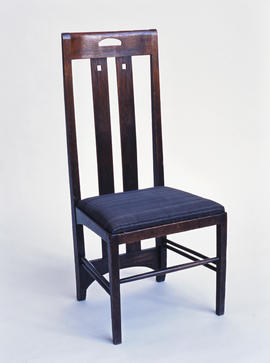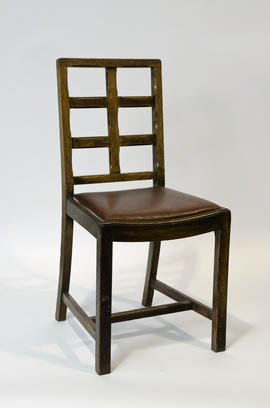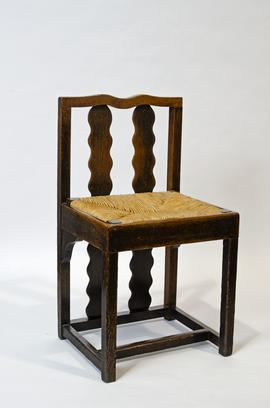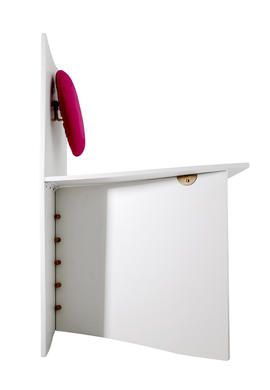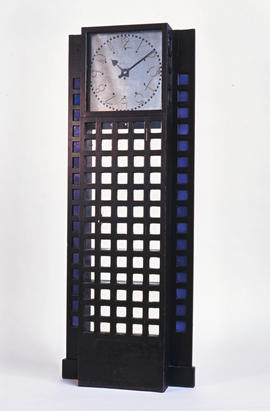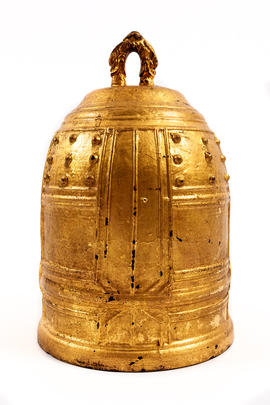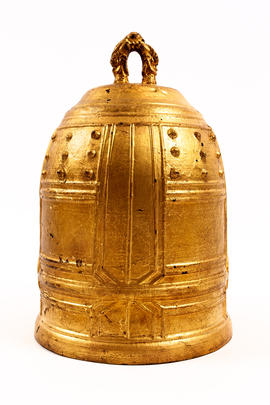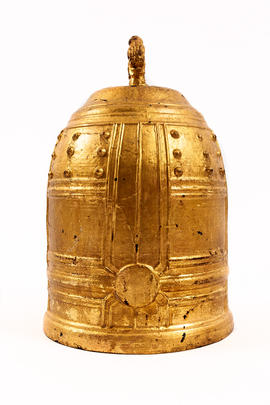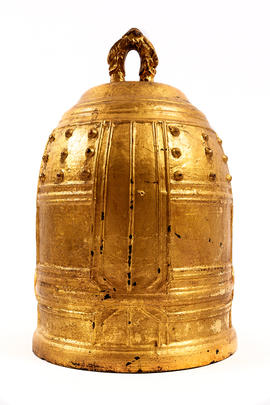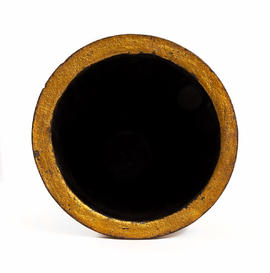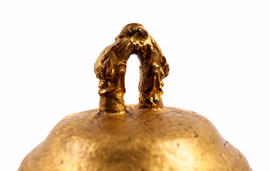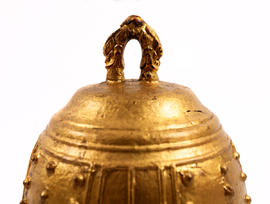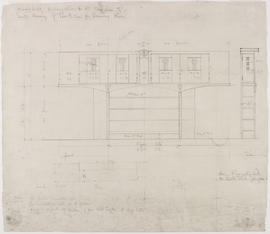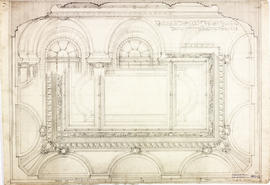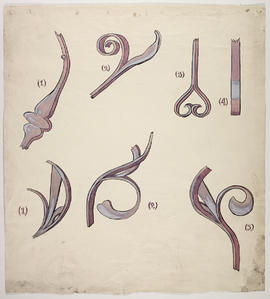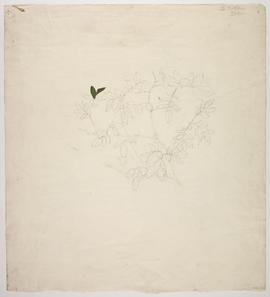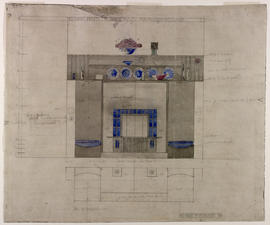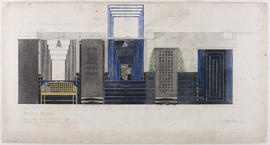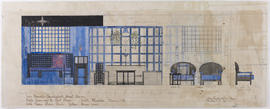Chair for Ingram Street Tea Rooms
- MC/F/67N
- Item
- 1907
This item was lost in the fire in The Mackintosh Building at The Glasgow School of Art on 23rd May 2014. This item was assessed for conservation in 2010 as part of the Mackintosh Conservation and Access Project (2006-2010). Designed for the Oak Room, Ingram Street Tea Rooms, Glasgow. Probably designed to provide the basic seating unit in the Oak Room. An unusual design for Mackintosh in that it is a very strong chair and now used in the Glasgow School of Art library. These were introduced by the School into the library c.1950 as a replacement for the more fragile windsor chairs originally designed for the room. The chamfering along the back-rails of the chair anticipates the similar waggon-chamfering on the library balustrade. The Ingram Street Tea Rooms were purchased by Glasgow Corporation in 1951 for £25,000 and were then rented out as various shops and warehouses.
Mackintosh, Charles Rennie

